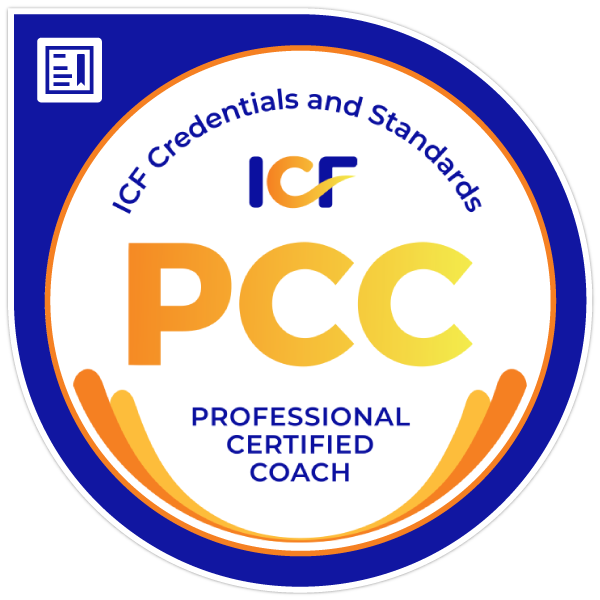

Coaching is an engagement focused on introspective and reflective exercises that lead clients towards establishing professional development goals and creating a plan for fulfillment of those goals. As a thought partner, a coach inquires and brings awareness to the client’s choices and measures of success.
We provide a free initial consultation to understand the client’s needs and goals for coaching.
We utilize specific and targeted assessments and tools in accordance with the client’s development plan.
Each coaching session is designed to progress the client towards completion of a development plan.



